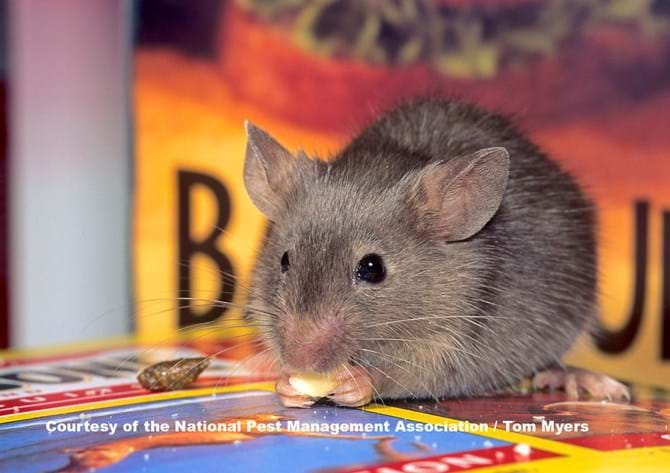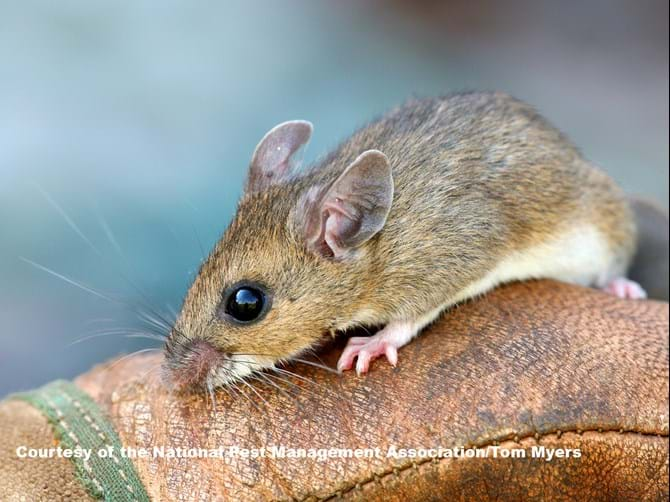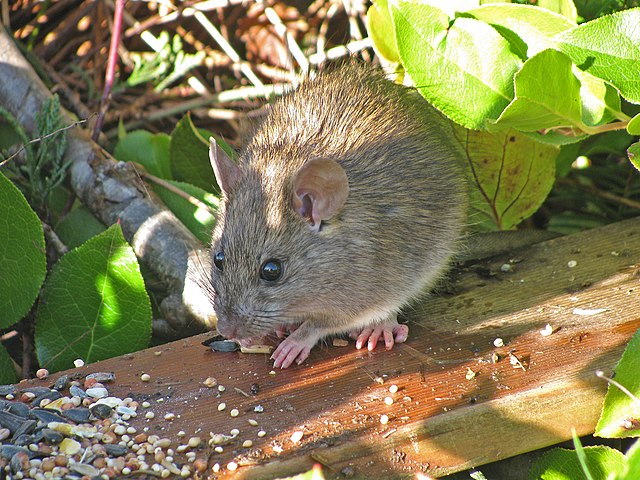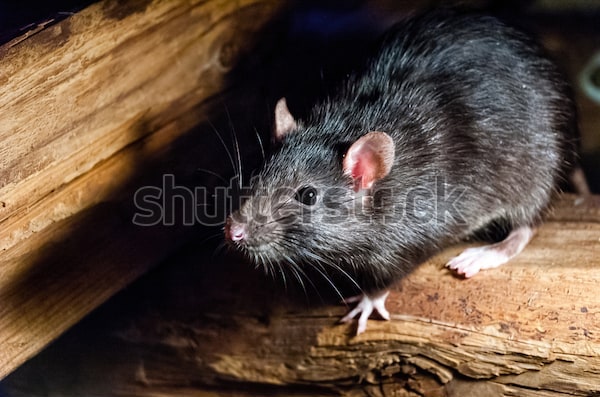Our Services
RODENT CONTROL IN HOME AND YARDS
MICE
The two most common species of mice in Canada are the house mouse and the deer mouse. Both species reside in Eastern Ontario and are found in our locale. They may invade your home in search of food, water or shelter. In the fall, as winter approaches, they often search for the warmth our homes provide. In the wild, some mice like to create burrows underground while others choose nests on the surface.
House Mouse
The house mouse has large ears and is light brown to dark grey, with a lighter colour on its belly. It is often found in urban areas (hence the name house mouse).
House mice are not only a nuisance, but they can pose significant health and property threats.


Deer Mouse
The deer mouse has larger ears and is brown or grey with a white belly and white feet. The white colour on the underside of its tail is an easy way to spot a deer mouse.
The deer mouse is found in rural, outdoor areas. These rodents rarely invade residential homes, but they can be a problem in farming areas, vacation homes, outbuildings and sheds. Deer mice are of medical concern because they are common carriers of Hantavirus.
RATS
There are two main rat species in Ontario, the Norway rat (Brown rat) and the Roof rat (Black rat). The former is the more common especially in eastern Ontario. They both are nocturnal and have poor sight but heightened senses of smell, taste, hearing, and touch. Their biology is both similar in that they are sexually mature in 2 to 5 months have about 3 to 6 litters of 6 to 8 young and live from 6 to 12 months. Both are considered commensals because of their close living relationship with humans. They both will be found in areas that provide ample food, water, and harbourage and will forage up to 150 from their nest.
Norway Rat
(brown with a short tail)
This rat is the more common and the larger of the two species. It has a stockier body with a blunt nose and weighs up to 500 grams.
The head and body are bout 7 to 10 inches long with a 6 to 8-inch tail and has small eyes and ears. These rats tend to burrow in the ground, under sidewalks, foundations next to buildings, etc., though they may infest structures as well. Their diet typically involves meat, fish, and grain products.


Roof Rat
(black with a longer tail)
This species has a more tapered body, pointed muzzle, and weighs up to 250 grams. Large eyes and ears with a head and body 6 to 8 inches long and a tail that is 7 to 10 inches long. These rats prefer to nest in trees, upper levels of buildings but have also been found in burrows and lower levels of structures. The roof rat prefers fruits, vegetables as well as grain products.
PREVENTION TIPS TO RODENT PROOF YOUR HOME
The most effective way to control a rodent population in and around your home is prevention. With a little bit of yard work, exterior house maintenance, and good sanitation, rodents will not be attracted to your property.
- Don't feed the birds.
The seeds and grains that go into most bird-food mixtures are a delightful treat for rodents, as evidenced by the presence of squirrels (larger cousins to rats) that are attracted to any bird feeder. If you must feed birds, keep your feeders as far from the house as possible. - Pick up all garbage and dog faeces.
Garbage bins kept alongside the house will be a siren call to rats and mice (and maybe bigger pests, such as raccoons or stray dogs and cats) unless they are kept tightly sealed with airproof lids. If possible, keep these utility containers as far from your house as you can. Metal garbage bins are preferable. Pick up all garbage and dog faeces daily and store in a sealed container until garbage day pick up. - Feeding Pets outside.
It is preferable that pets are not fed outside. Water dishes left out are okay. If it is necessary to leave food during the day for your pets, pick up spilled food and remove food dishes at the end of the day. - Keep the perimeter of property clear.
Do not store items (such as wood) along the exterior wall because this provides rodents with harborage or a safe place to hide and make homes. Keep the grass cut short around houses and sheds. Try to limit shrubbery and plants from the perimeter of your residence. - Repair any potential areas of access.
Repair any structural damage or holes especially around pipes, vents, roof lines, etc. Any hole larger than 1/4 inch is potentially problematic. Make sure door sweeps and screens are in a good state of repair.
A minor infestation of rats may be addressed by the homeowner or landlord but in most instances a professional exterminator is required. May we recommend Enviro-Guard Plus.
